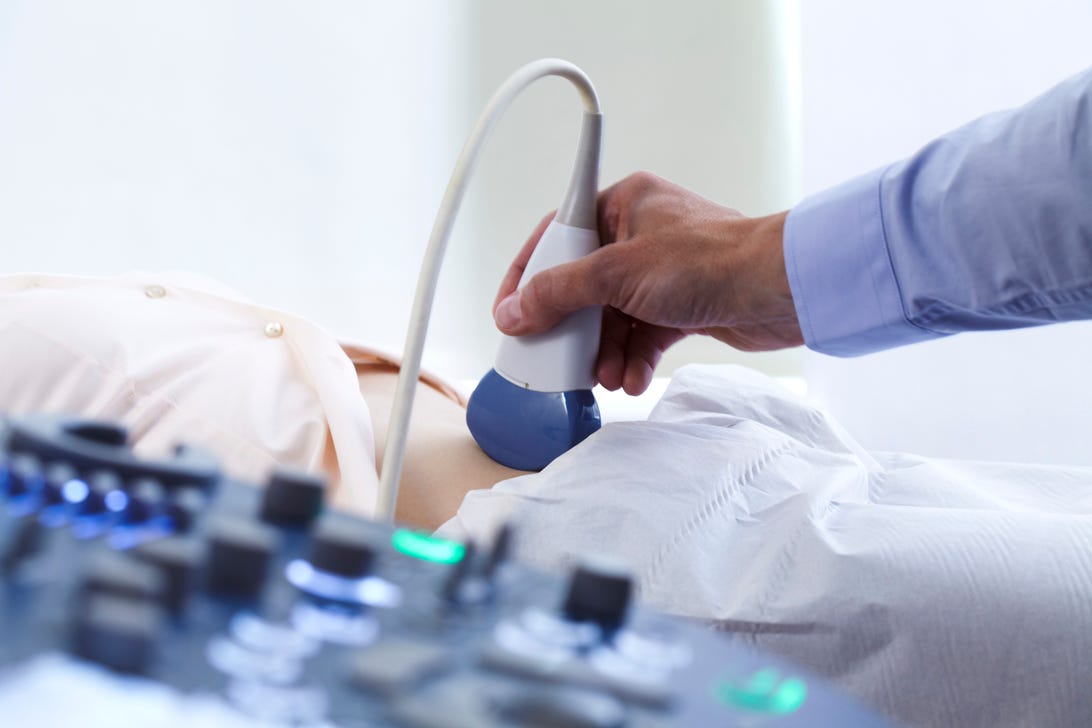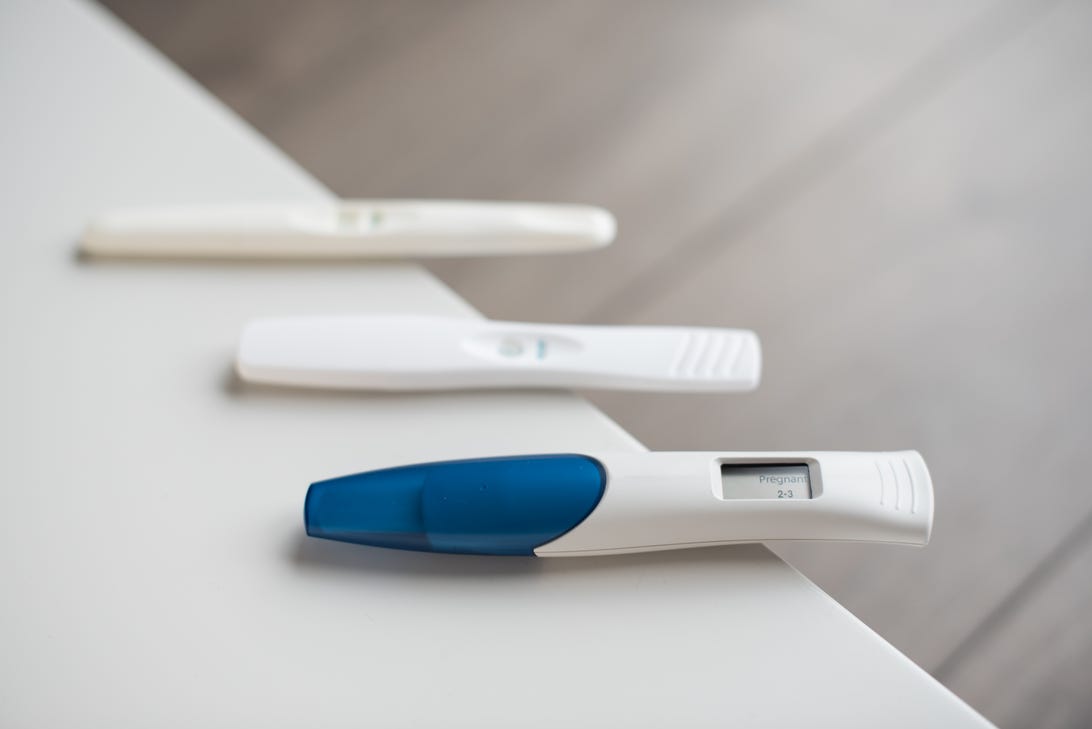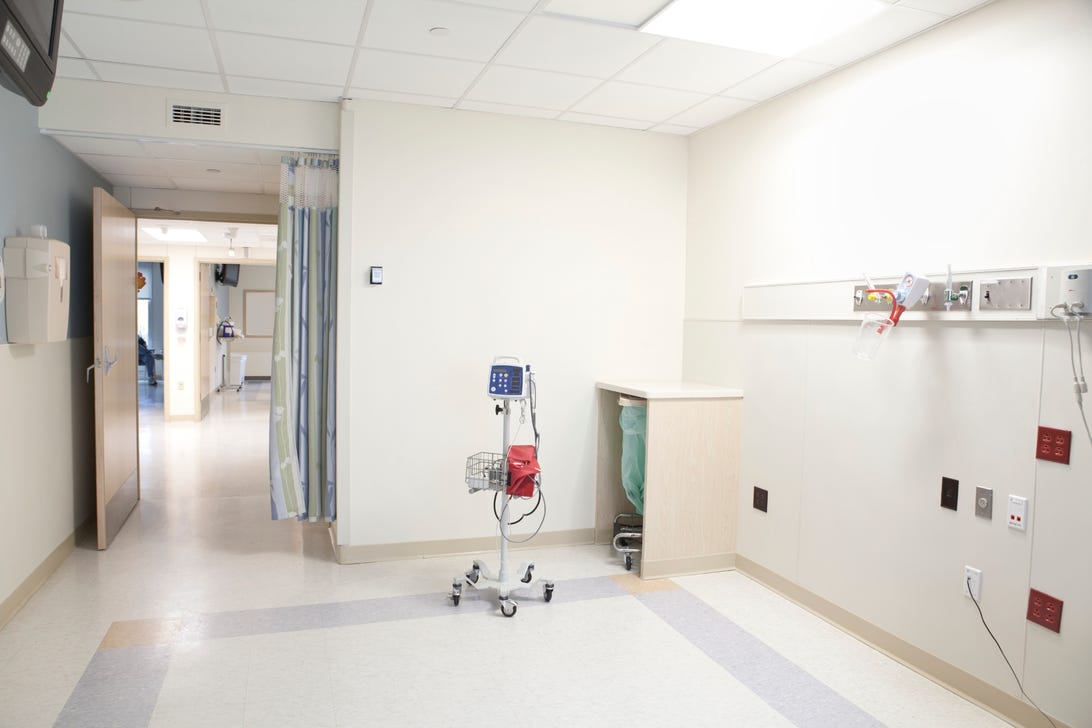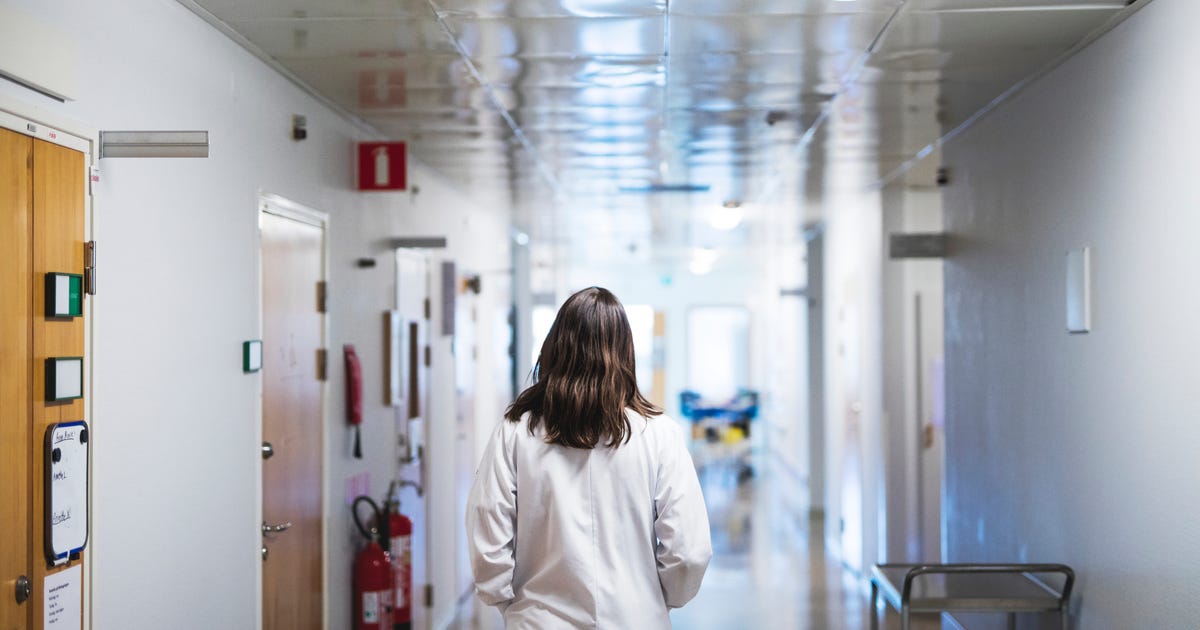Table of Contents
[ad_1]
In the coming months, the US Supreme Court docket will make your mind up regardless of whether to overturn Roe v. Wade, the 1973 ruling that made access to abortion a constitutional suitable. According to a draft belief leaked to Politico, at the very least 5 of the justices have voted to overturn the landmark decision. For now, abortion is still authorized in the US, nevertheless entry is dependent on which point out you are living in. If Roe v. Wade is overturned, several states are poised to even further increase constraints on abortions or ban them outright, when other individuals would manage abortion rights.
In the typical clinical community, harmless abortion entry is viewed as a basic health and fitness treatment proper. In accordance to the Earth Health and fitness Organization, a world-wide well being care company of the United Nations, abortion is “a very simple and widespread health and fitness care method” that happens in about three out of 10 pregnancies throughout the world. In the US, approximately one in 4 women will have an abortion right before their 45th birthday, according to 2014 data.
“Creating well being for all a actuality, and relocating toward the progressive realization of human legal rights, involves that all folks have accessibility to quality well being treatment, together with comprehensive abortion care products and services,” suggests the WHO.
The American Higher education of Obstetricians and Gynecologists, or ACOG, is an business of more than 60,000 obstetricians, gynecologists and other health and fitness care employees — roughly 95% of OB-GYNs are members. In accordance to the agency’s abortion plan, induced abortion is an “critical element” of well being care, and someone’s choice with regards to it should be built “in consultation with their overall health care providers and devoid of undue interference by outside functions.”
While the US waits for an formal conclusion from the Supreme Court, here’s what health professionals say about abortion as a well being care issue.

Whilst external ultrasounds like these are applied to measure a pregnancy’s development, inner or transvaginal ultrasounds are made use of in the earliest phases of being pregnant when an external ultrasound may well not be capable to detect a being pregnant.
Science Photograph Library/Getty Images
Abortion as a personalized health-related conclusion
In the latest yrs, in close proximity to-total abortion bans have been proposed or enacted in numerous states in the US, including Texas’ legislation SB 8 and a bill in Ohio.
These types of bans have turned up the quantity on discussions about abortion, including abortion as a daily life-saving health care process as opposed to a correct. Medically important cases involve this kind of life-threatening conditions as ectopic pregnancies, when the embryo implants outside the uterus and can not mature to expression.
Dr. Jennifer Lincoln is a board-licensed OB-GYN with an substantial social media next for her coverage of reproductive and pregnancy subjects. Even though there are medically required abortions, someone’s motive for getting an abortion is beside the stage, in accordance to Lincoln.
“As an OB-GYN I could rattle off a record of medical disorders where by a being pregnant could have killed a client and an abortion was vital, but it is significant to note that all abortions are vital,” she explained in an e-mail.
“When we start to put qualifications on what abortions are ‘OK’ then we are on a slippery slope,” Lincoln provides.
There are some doctors who disagree that access to abortion is a health care issue. The American Association of Pro-Life Gynecologists and Obstetricians says in its mission statement that members believe life begins at fertilization, before a pregnancy officially begins. But that group, too, supports terminating a pregnancy in some cases, specifically when it’s necessary to save someone’s life.
The ACOG’s position on abortion is that it should be legal and available to patients with healthy pregnancies up to fetal viability (when the fetus has a chance of surviving outside of the uterus). While it’s generally understood to occur around 23 weeks, fetal viability is ultimately a “medical determination,” according to the ACOG, and it may vary pregnancy to pregnancy.
But a health organization or agency maintaining patients’ access to safe abortion doesn’t require physicians to perform them. A 2019 study published in Obstetrics & Gynecology and reported by the Los Angeles Times found that fewer than one in four OB-GYNs were willing or able to perform abortions themselves. Reasons ranged from the personal to the practical — notably, imposed restrictions where they practice. That means many patients were referred elsewhere.
Lincoln says that she fully supports someone’s decision to dislike or never have an abortion themselves. But abortion bans harm the health care system and erode trust in the patient-doctor relationship when that personal and professional line is blurred, according to Lincoln.
“We live in a world where you are not forced to donate your blood or your organs — even if we know this could save a life before us,” she says. “So why is it that we think it’s OK to tell someone what to do with their pregnancy?”

Someone with regular periods may suspect they’re pregnant before a positive test result if they experience these symptoms.
Carlos G. Lopez/Getty Images
Reducing abortion access will increase existing gaps in health care
If federal protections for abortion are removed, about half of US states, including many in the Midwest and the South, will move to ban or restrict abortion, according to the Guttmacher Institute, an organization that endorses abortion access. Some states have automatic “trigger” laws already in place awaiting Roe being overturned, which means bans would soon after go into effect.
Pregnant people living in those states will be the most affected by a ban or further restrictions on abortion access — specifically, people with lower incomes and those with less access to other health care services. About 75% of abortion patients were low-income in 2014, and nearly half lived below the federal poverty level.
Disproportionately, people of color living in Republican-led states, like Mississippi and Texas, will be affected by heavily restricted or banned abortion access. While the US has the highest maternal mortality rate of all industrialized countries, according to the Commonwealth Fund, Black women are more than twice as likely to die during pregnancy or childbirth than their white counterparts. Black infants in Texas, also, were twice as likely to die before their first birthday compared to white infants, the Commonwealth found. (This was before Texas SB 8 went into effect.)
Some states will continue to have relatively broad abortion access. Colorado and Rhode Island have reproductive rights codified into state law, for example, and some patients living in restricted states will be able to travel to states where abortion is legal for a procedure. However, this option is only available for people who have the time and resources to make the trip.
“Those who can afford to travel and pay for an abortion in a state like California will do so, while low-income, disabled and young people who can’t travel outside their state may not be able to obtain a safe abortion,” Paula Tavrow, director of the Bixby Program in Population and Reproductive Health at the University of California, Los Angeles, said in an email.
Under current laws, people are already traveling for abortions. Those living in states that have already heavily restricted abortion access, mostly concentrated in the Midwest and in the South, have been forced to travel long distances to get the procedure. In Missouri and South Dakota, for example, there is one abortion clinic in each state. State-imposed “waiting periods” to make sure someone is certain about their decision to have an abortion often require people to make two long trips.
The need to travel can be a barrier for ending a pregnancy. In addition to having less money, most people in the US who have abortions already have children. Making one or more trips for an abortion procedure requires them to take time off work, miss out on wages and arrange child care, which can be impossible for many.
These second appointments and trips are part of laws in some areas even in the case of medication abortions — two pills that induce a miscarriage, are taken at home and are safe and effective up to 10 weeks of pregnancy, according to the ACOG. The vast majority of abortions — just under 93% — take place in the first trimester at 13 weeks or earlier, according to the US Centers for Disease Control and Prevention.
The US Food and Drug Administration in December loosened the restrictions on medication abortion, making pills available by mail and telemedicine to patients. However, they are still not accessible for everyone. Some states have prohibited the use of telemedicine for patients seeking medication abortion pills. Demand for medication pills at overseas pharmacies is expected to go up as abortion restrictions increase.

A medication abortion is approved by the FDA and involves taking two types of pills: mifepristone (brand name Mifeprex) and misoprostol. The first blocks progesterone, which is needed to sustain a pregnancy, and the second induces uterine contractions.
Getty Images
Outlawing abortion won’t stop it
“Access to safe abortion is a public health issue, because when people decide that they must abort they will find a way to do so,” Tavrow says.
In countries where abortion is restricted, more “unsafe abortions” occur without a medically approved method or by someone who doesn’t have proper training. These abortions account for about 4% to 13% of maternal deaths worldwide.
Tavrow, a researcher in population and reproductive health, has conducted research in Kenya, where abortion is illegal except in cases where the pregnant person’s life is at risk. At one boarding school for girls she visited in Western Kenya, she says it was estimated that 1% of its student population died from complications of illegal abortion.
“It is vital for everyone to realize that restricting abortion doesn’t make it go away,” Tavrow says.

JodiJacobson/Getty Images
Before Roe v. Wade, some women in the US got illegal abortions from physicians who agreed to break the law by providing the procedure. But many women in the US went to someone unlicensed who inserted instruments to try to induce a miscarriage, Tavrow says. These unsafe practices led to infection, hemorrhage or death in some cases. Other people would drink household chemicals that are not proven to be effective for ending a pregnancy and can make a person seriously ill. Some herbs have traditionally worked as an abortifacient in some cases, Tavrow says, but they’re “harmful if taken in large quantities.”
Trying to determine how many people would die or develop complications from unsafe abortions in the US if Roe v. Wade is overturned is complicated. People who have illegal abortions have historically been less likely to seek treatment for complications, even if they don’t result in death.
“In my opinion, if Roe v. Wade were overturned, women would turn to relatively safe medications that can be purchased over the internet,” Stanley Henshaw, a researcher for the Guttmacher Institute, told The Washington Post in a 2019 fact-check article. “There would be some deaths but probably not as many as there were in the 1960s.”
The Turnaway Study by the University of California, San Francisco, looked at what happens when people carry unwanted pregnancies to term. In addition to effects on children born to people denied abortions, like poverty, one of the medical findings of the study concluded that people denied abortion were more likely to experience complications, including preeclampsia and death. One contributing factor is a lack of prenatal care.
According to the most recent CDC report on abortion data, two deaths were reported from (legal) abortion complications in 2018 — a 0.41 death rate per 100,000 abortions from 2013 to 2018. By contrast, 658 maternal deaths were reported in 2018 — a rate of 17.4 deaths per 100,000 live births, according to the CDC. These include deaths during pregnancy, birth and the postpartum period.
The information contained in this article is for educational and informational purposes only and is not intended as health or medical advice. Always consult a physician or other qualified health provider regarding any questions you may have about a medical condition or health objectives.
[ad_2]
Source link









More Stories
Navigating the World of Insurance: Road Tax Renewal with Pos Malaysia
Navigating Malaysia’s Road Tax Landscape: Pos Malaysia’s Digital Frontier
Transformative Magic Mushroom Retreat: Experience Mental and Emotional Healing with Life Synergy Retreats